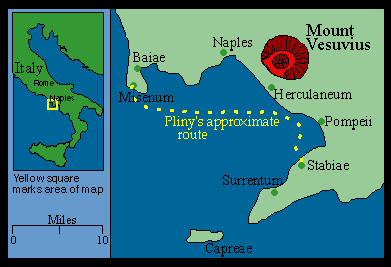








The History of Pompeii
The city of Pompeii was an ancient Roman town-city located in Italy, near modern Naples. The city of Pompeii was destroyed in the volcanic eruption of Mount Vesuvius in 79 A.D. With an estimated population of 20,000 people the city was filled with wonderful architecture and artifacts. Sadly, with the eruption of Mount Vesuvius two thousand people died and the city was buried under a thick layer of ash for years (History.com).
Discovered by a group of explores in 1748, in the excavation site "Civita" it was amazing to see that the city though covered in ash was still intact. It is still possible to see all the buildings, artifacts, and all the citizens of Pompeii still preserved in their last moments before death (History.com).
 |  |  |
|---|---|---|
 |  |

Created By:
Luis Guerra
Phillip Hassel
Sara Gordon
Sanya Jeffrey

Men Vs. Women

Venus of Pompeii
The Venus of Pompeii is a fertility symbol, stern city guardian and overseer of people’s lives. Depiction of the figure is often shown unclothed and at other times heavily robed. The dual nature of the Pompeian Venus may in some way indicate the attitude of Pompeian’s about women generally—females are both mother and temptress, wielding universal power over society ("Women in Pompeii" by Elizabeth Lyding Wil).
As Child-bearers, women were pivotal importance in the home throughout ancient times. However, within the recent years it has been discovered that women were actively involved outside the home in civic and religious life as well as in business (Women in Pompeii by Elizabeth Lyding Wil).
Both Roman men and Roman women had a right to personal wealth. However, in terms of trades and oqpation many of them were reserved for specfic genders for example politics (mariamilani.com).
Women and men were allowed to mix freely in the public as well as take part in relgious activities. The privillage opportunites that women and men were offered depended highly on their socail class and status of wealth ("Goddesses, Whores, Wives and Slaves, Women in Classical Antiquity" by Sarah B. Pomeroy).
Men and Women In Pompeii